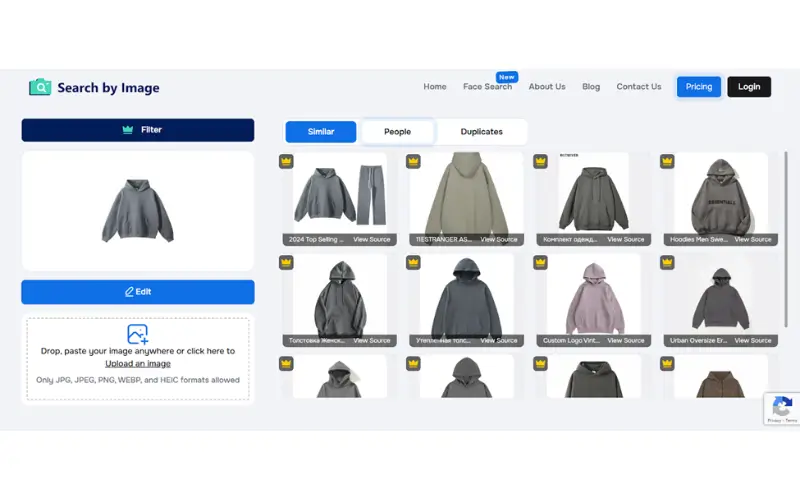In today’s saturated digital landscape, businesses face an uphill battle trying to capture attention and forge meaningful connections with their audiences. Sure, social media ads and email campaigns have become the bread and butter of modern marketing, but let’s be honest, they’re also everywhere. The brands that truly leave a mark? They’re the ones willing to venture beyond the conventional playbook and experiment with approaches that catch people genuinely off guard. What follows is an exploration of creative marketing strategies that often fly under the radar yet have the potential to transform your promotional efforts and help your business cut through the relentless noise of traditional advertising.
Interactive Street Art Installations
Street art marketing represents one of those hidden gems in the promotional world, powerful, memorable, yet surprisingly underutilized. The beauty of interactive murals and installations lies in their ability to transform passersby from passive observers into active participants. Imagine commissioning local artists to create augmented reality murals that spring to life when viewed through a smartphone app, revealing hidden messages, playful animations, or exclusive offers that make people feel like they’ve discovered something special. These installations practically market themselves as people eagerly photograph and share their discoveries, extending your campaign’s reach far beyond that single street corner.
Reverse Marketing Campaigns
What if instead of chasing customers, you made them chase you? That’s the brilliance behind reverse marketing, which completely flips the traditional sales funnel by cultivating mystery and intrigue that naturally draws people in. This strategy involves launching cryptic teaser campaigns across multiple channels without immediately revealing your brand identity, letting speculation and conversation build organically like wildfire. Companies like Volvo and Carlsberg have pulled off stunning reverse marketing campaigns by challenging their own products or creating elaborate puzzles that consumers felt genuinely compelled to solve. The psychology here is beautifully simple: people trust their own discoveries far more than any direct advertising message you could craft.
Sensory Marketing Experiences
Most marketing campaigns live exclusively in the visual and auditory realm, but what about the other senses? Incorporating additional sensory dimensions can create brand experiences that lodge themselves in memory far more effectively than another clever tagline. Scent marketing, for instance, has been proven to increase purchase intent by up to forty percent and significantly boost brand recall. Pretty impressive for something most competitors aren’t even thinking about. Consider developing a signature fragrance for your retail spaces or events that customers unconsciously associate with your brand long after they’ve left. Tactile marketing through unique packaging textures, product samples, or interactive displays engages in touch in ways that digital marketing simply cannot replicate.
Community Co, Creation Initiatives
There’s something powerful about inviting your audience to actively participate in creating your marketing content or even your actual products. Launch design contests where customers submit ideas for new products, packaging designs, or advertising campaigns, with winning entries being produced and publicly credited. This transforms customers into genuine brand ambassadors who have personal investment in your success; they’re not just buying from you, they’re part of your story. User-generated content campaigns that encourage customers to share their own stories, photos, or videos related to your brand provide an endless stream of authentic marketing materials while making participants feel valued and heard.
Nostalgia-Driven Retro Campaigns
Tapping into collective nostalgia offers an emotional hook that can set your brand apart in markets dominated by relentlessly future-focused messaging. Retro campaigns that reference specific decades, cultural moments, or childhood memories create instant connections with target demographics who remember those eras fondly, and even with younger audiences curious about what came before. Consider launching limited-edition packaging that lovingly mimics designs from the past, or creating marketing materials with intentionally vintage aesthetics complete with period-appropriate music and language that transports people back in time. For businesses running large-scale promotional mailings, professionals who need to reach thousands of customers efficiently often rely on a bulk mail service to ensure their nostalgic campaigns achieve maximum market penetration while maintaining cost-effectiveness. The trick is ensuring your nostalgia marketing feels authentic rather than exploitative, which requires genuine understanding of the cultural context you’re referencing, not just slapping a retro filter on everything and calling it a day. Companies like Nintendo have nailed this by re-releasing classic products with modern updates, satisfying both original fans and new customers curious about cultural touchstones. This strategy works particularly well when you combine yesterday’s warmth with today’s technology, creating bridges between generations and demonstrating your brand’s longevity across multiple decades.
Guerrilla Philanthropy Marketing
Guerrilla philanthropy marries the surprise element of guerrilla marketing with genuine charitable giving, creating campaigns that benefit communities while promoting your brand in ways that feel refreshingly authentic. This approach involves unexpected acts of kindness or generosity that are documented and shared, demonstrating your company’s values through action rather than empty words. Pay off layaway items for strangers during the holidays, secretly fund school programs in underserved communities, or organize surprise scholarship announcements at graduation ceremonies that leave people genuinely moved. The authenticity of these campaigns hinges on ensuring the charitable aspect is substantial and meaningful, not just a thin veneer over shameless self-promotion.
Conclusion
Breaking through the clutter of conventional marketing requires genuine courage to experiment with approaches that might initially seem risky or unconventional. The strategies outlined here, from interactive street art to guerrilla philanthropy, share common threads of authenticity, creativity, and respect for audience intelligence. Today’s consumers are sophisticated, skeptical of traditional advertising, and genuinely hungry for connections with brands that demonstrate creativity and values beyond quarterly profit margins. By incorporating one or more of these unique marketing ideas into your promotional mix, you position your brand as innovative and customer-focused while creating memorable experiences that resonate far beyond typical advertising touchpoints.




